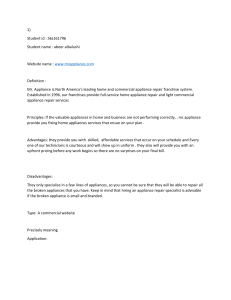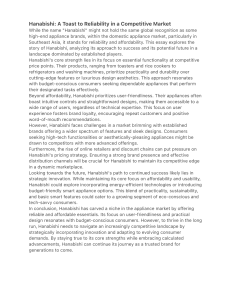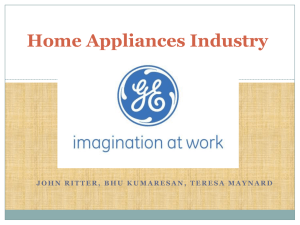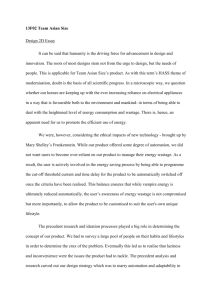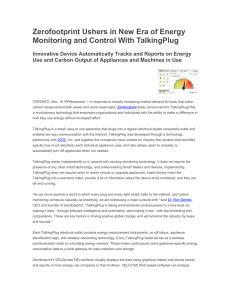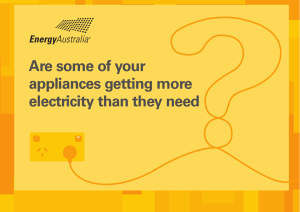Buy energy-efficient home appliances
advertisement
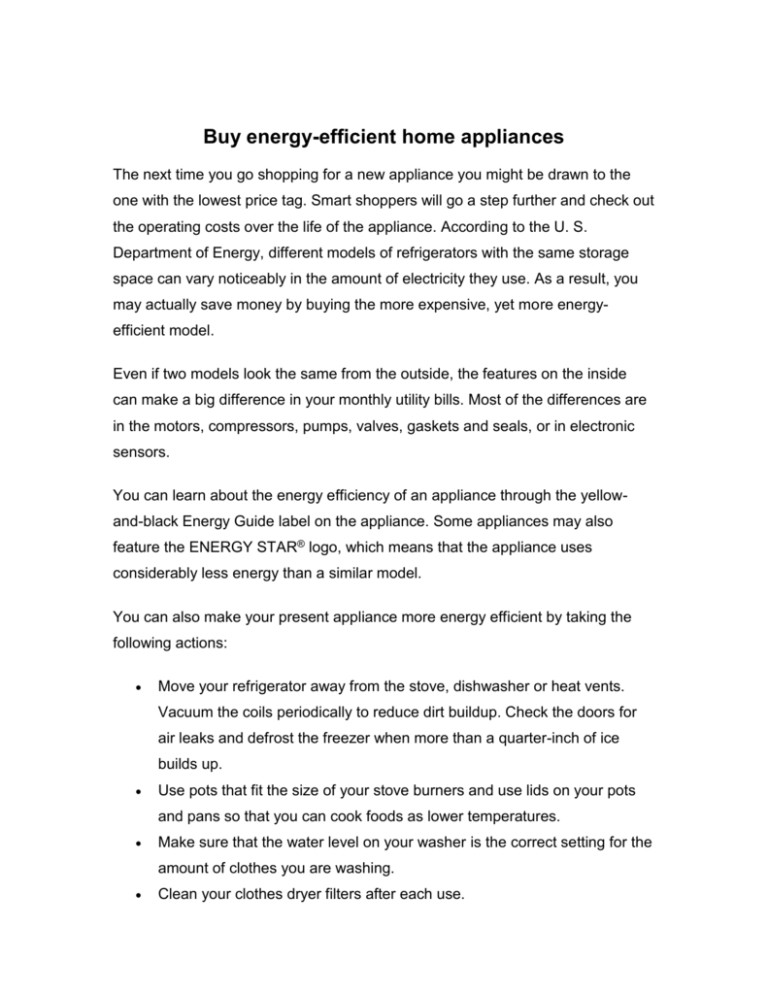
Buy energy-efficient home appliances The next time you go shopping for a new appliance you might be drawn to the one with the lowest price tag. Smart shoppers will go a step further and check out the operating costs over the life of the appliance. According to the U. S. Department of Energy, different models of refrigerators with the same storage space can vary noticeably in the amount of electricity they use. As a result, you may actually save money by buying the more expensive, yet more energyefficient model. Even if two models look the same from the outside, the features on the inside can make a big difference in your monthly utility bills. Most of the differences are in the motors, compressors, pumps, valves, gaskets and seals, or in electronic sensors. You can learn about the energy efficiency of an appliance through the yellowand-black Energy Guide label on the appliance. Some appliances may also feature the ENERGY STAR® logo, which means that the appliance uses considerably less energy than a similar model. You can also make your present appliance more energy efficient by taking the following actions: Move your refrigerator away from the stove, dishwasher or heat vents. Vacuum the coils periodically to reduce dirt buildup. Check the doors for air leaks and defrost the freezer when more than a quarter-inch of ice builds up. Use pots that fit the size of your stove burners and use lids on your pots and pans so that you can cook foods as lower temperatures. Make sure that the water level on your washer is the correct setting for the amount of clothes you are washing. Clean your clothes dryer filters after each use. Wash clothes in cold or warm water when possible. Check to see that the temperature on your water heater is set to 120 degrees if you have a dishwasher. If you don't have a dishwasher, you may set your water heater at 110 degrees. By purchasing energy efficient appliances and using them properly, you can save each month on your energy bill.




